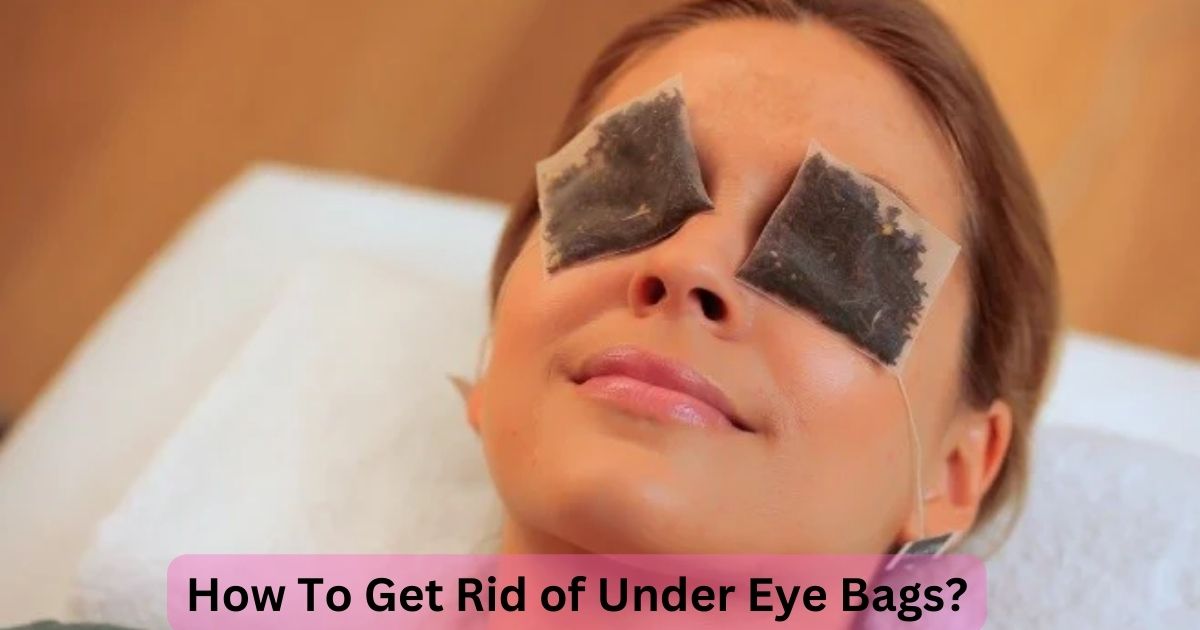Under eye bags refer to the mild swelling or puffiness that appears under the eyes. This common cosmetic concern is often associated with aging, but can also be caused by a variety of other factors, including lifestyle choices and genetic predisposition.
Addressing under is important not only for cosmetic reasons but also for improving self-esteem and overall appearance. While they are generally harmless, under can sometimes indicate underlying health issues that may require attention.
Types and Categories

Mild Under Eye Bags: Mild under are characterized by slight puffiness that is usually not very noticeable. They often result from temporary factors such as lack of sleep or minor fluid retention.
Moderate Under Eye Bags: Moderate under are more pronounced and may be accompanied by dark circles. These are often persistent and may require more targeted treatments to manage.
Severe Under Eye Bags: Severe under are significantly swollen and can be quite noticeable. They often require medical intervention, such as surgery, to be effectively treated.
Symptoms and Signs
Common Symptoms
- Puffiness under the eyes
- Mild swelling
- Loose or saggy skin
- Dark circles
Uncommon Symptoms
- Redness or irritation
- Pain or discomfort
- Severe swelling that impacts vision
Causes and Risk Factors
Aging is the most common cause of under as you age, the tissues around your eyes, including some of the muscles supporting your eyelids, weaken. This can cause the skin to sag and fat to move into the lower eyelids, making them appear puffy.
Genetics play a significant role in the development of under eye bags. If your parents had them, there’s a good chance you might too.
Read More Blog: How Many Bags of Mulch in a Yard: The Complete Guide?
Lifestyle Factors
- Lack of sleep
- Poor diet
- Excessive alcohol consumption
- Smoking
Environmental Factors
- Exposure to allergens
- High salt intake leading to fluid retention
- Excessive sun exposure
Diagnosis and Tests
Physical Examination: A healthcare provider can diagnose under eye bags through a simple physical examination, assessing the skin around your eyes.
Imaging Tests: In some cases, imaging tests such as CT scans or MRIs may be used to rule out other causes of swelling.
Blood Tests: Blood tests can help determine if an underlying medical condition, such as thyroid disease, is contributing to under eye bags.
Treatment Options
- Applying a cold compress can help reduce swelling and constrict the blood vessels, offering immediate relief from puffiness.
- Cucumber slices are a classic home remedy known for their anti-inflammatory properties, which can help reduce puffiness.
- Used tea bags, especially green or black tea, contain caffeine and antioxidants that can help improve circulation and reduce swelling.
Over-the-Counter Treatments
- Eye creams containing ingredients like retinol, hyaluronic acid, and caffeine can help reduce puffiness and improve the appearance of under eye bags.
- Eye serums with potent active ingredients can penetrate deeper into the skin, providing more targeted treatment for under eye bags.
Medical Treatments
- Laser therapy can help tighten the skin and reduce the appearance of under eye bags by promoting collagen production.
- Chemical peels remove dead skin cells and promote new skin growth, which can help improve the appearance of under eye bags.
- Dermal fillers can be injected into the under eye area to fill in hollows and reduce the appearance of bags.
Blepharoplasty
Blepharoplasty is a surgical procedure that involves removing excess skin, muscle, and fat from the eyelids, providing a more permanent solution to severe under eye bags.
Read More Blog: Can Americans Travel To Cuba
Preventive Measures
- Maintaining a healthy lifestyle can help prevent the development of under eye bags. This includes regular exercise, avoiding smoking, and limiting alcohol intake.
- Ensuring you get enough sleep each night is crucial for preventing under eye bags. Aim for 7-9 hours of quality sleep.
- Staying well-hydrated helps prevent fluid retention and reduces the risk of under eye puffiness.
- A balanced diet rich in vitamins and minerals supports overall skin health and can help prevent under eye bags.
Personal Stories or Case Studies
- This case study explores the journey of an individual who managed to reduce mild under eye bags using home remedies such as cold compresses and cucumber slices.
- This case study follows a person with severe under who opted for blepharoplasty, detailing the process and outcomes of the surgery.
Expert Insights
- Dermatologists recommend a combination of lifestyle changes and targeted treatments for managing under eye bags effectively. They emphasize the importance of protecting the skin from sun damage and maintaining hydration.
- Cosmetic surgeons often suggest surgical options for those with severe under that do not respond to other treatments. They highlight the effectiveness of procedures like blepharoplasty in providing long-term results.
Conclusion
Under eye bags are a common concern with various causes, including aging, genetics, and lifestyle factors. While they are generally harmless, they can affect self-esteem and appearance. Numerous treatments, from home remedies to surgical options, are available to manage under eye bags effectively.











